The Art of Food in Europe exhibition review: 'All I wanted to do was to race from one delicious exhibit to the other'
A sumptuous new exhibition at the Fitzwilliam Museum in Cambridge is devoted to culinary consumption between 1500 and 1800, and draws parallels with our own relationship with food. Bronwen Riley joined the feast.
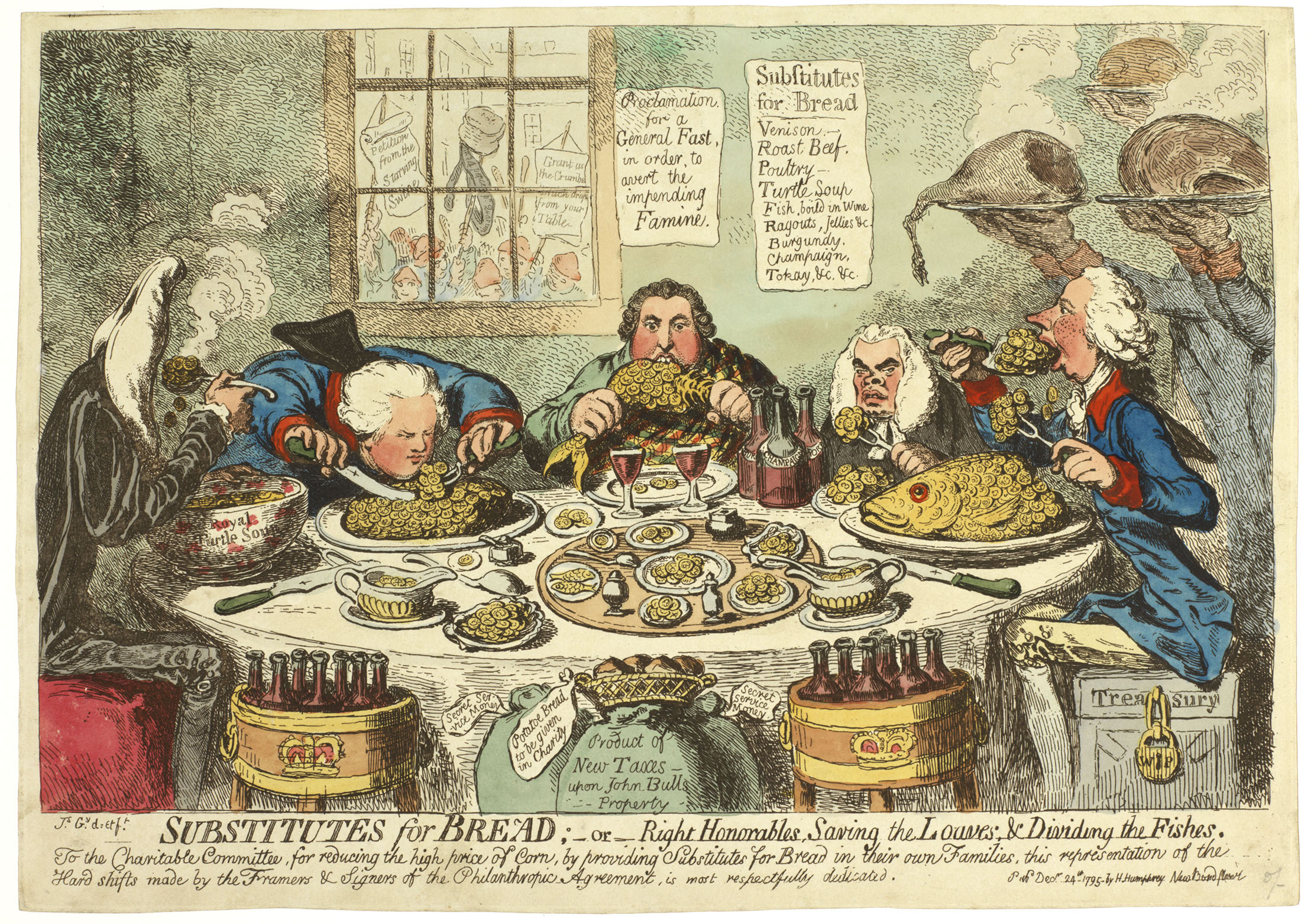

Among the attractions of Christmas in Georgian London were the glittering windows of smart confectioners’ shops, displaying elaborately decorated Twelfth cakes topped with patriotic figures and gilded crowns made from multi-part sugar moulds.
One of the most fashionable establishments was The Pot and Pineapple in Berkeley Square, which was run by Domenico Negri from Turin and his English wife, Elizabeth Gunter. As did many of these often Continental confectioners, they also acted as party caterers, from whom one could hire or buy fancy table arrangements, complete with porcelain and glass.
Thanks to food historian Ivan Day’s dazzling re-creations at the Fitzwilliam Museum, we, too, may peer through such a confectioner’s Christmas window. Here are the Twelfth cakes, replicated using original moulds and a sugar-paste basket of roses, Ranunculus and forget-me-nots, their stamens made from silk threads and small feathers.
Were we able to enter the shop, we might be tempted to try a luscious pineapple-shaped ice cream — twice the price of strawberry ice, but then, it was the most fashionable fruit of the day.
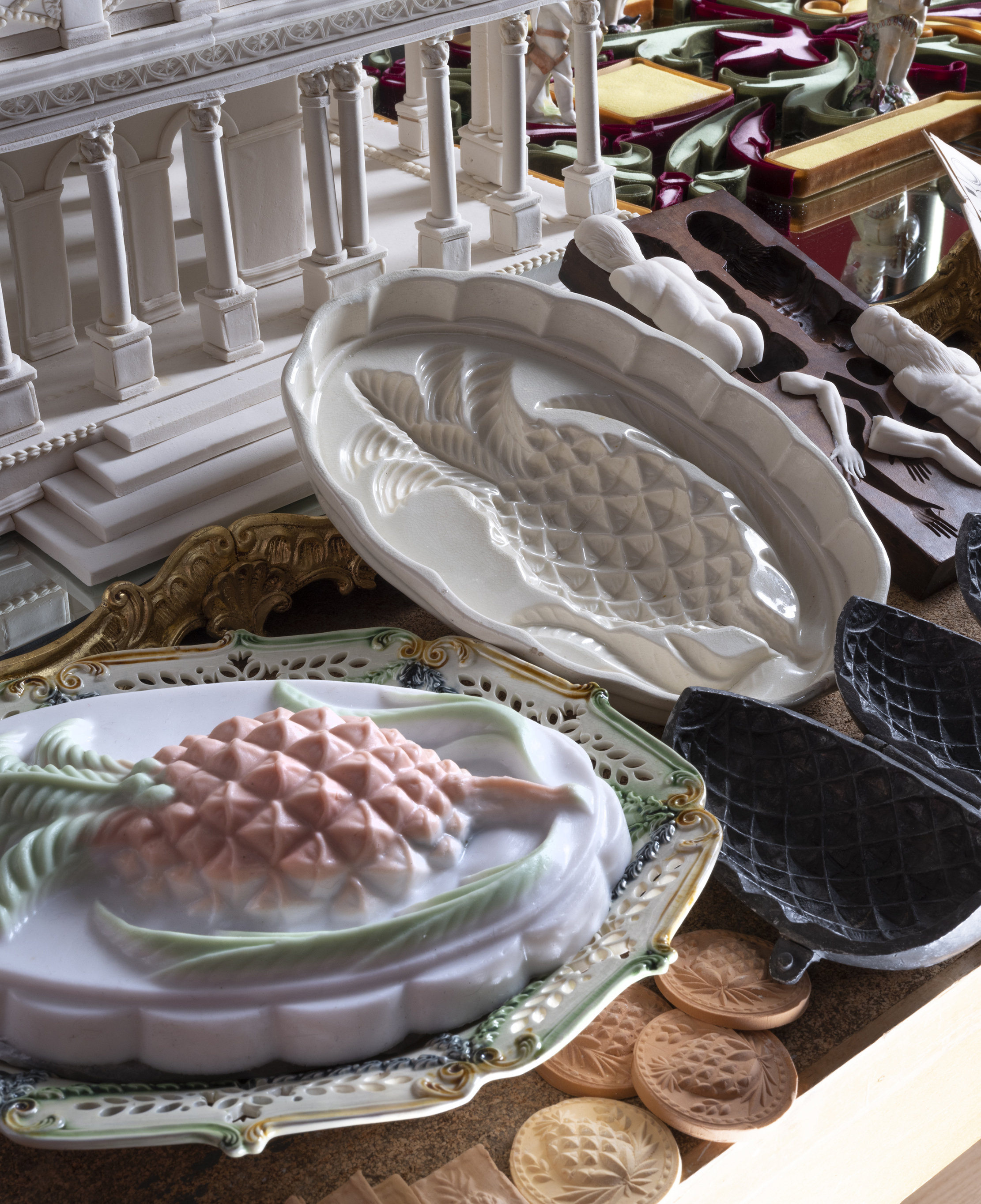
Round the back is a confectioners’ workshop, its centrepiece a sugar temple of Circe, with Chelsea figures of child musicians prancing on a parterre filled with coloured sugar sands laid out on mirrored glass. Next to it is the original plan of the temple from a French confectionery text of 1768.
One of the delights of ‘Feast & Fast’ is the way in which Mr Day’s re-creations sit beside the moulds, cookery books, accounts, paintings and tableware — all the visual and manual clues that have enabled him to bring these lost culinary universes to life. Paintings are hung low, at table height, which allows one to peer into Italian kitchens, Dutch fowl markets and Bacchanalian feasts.
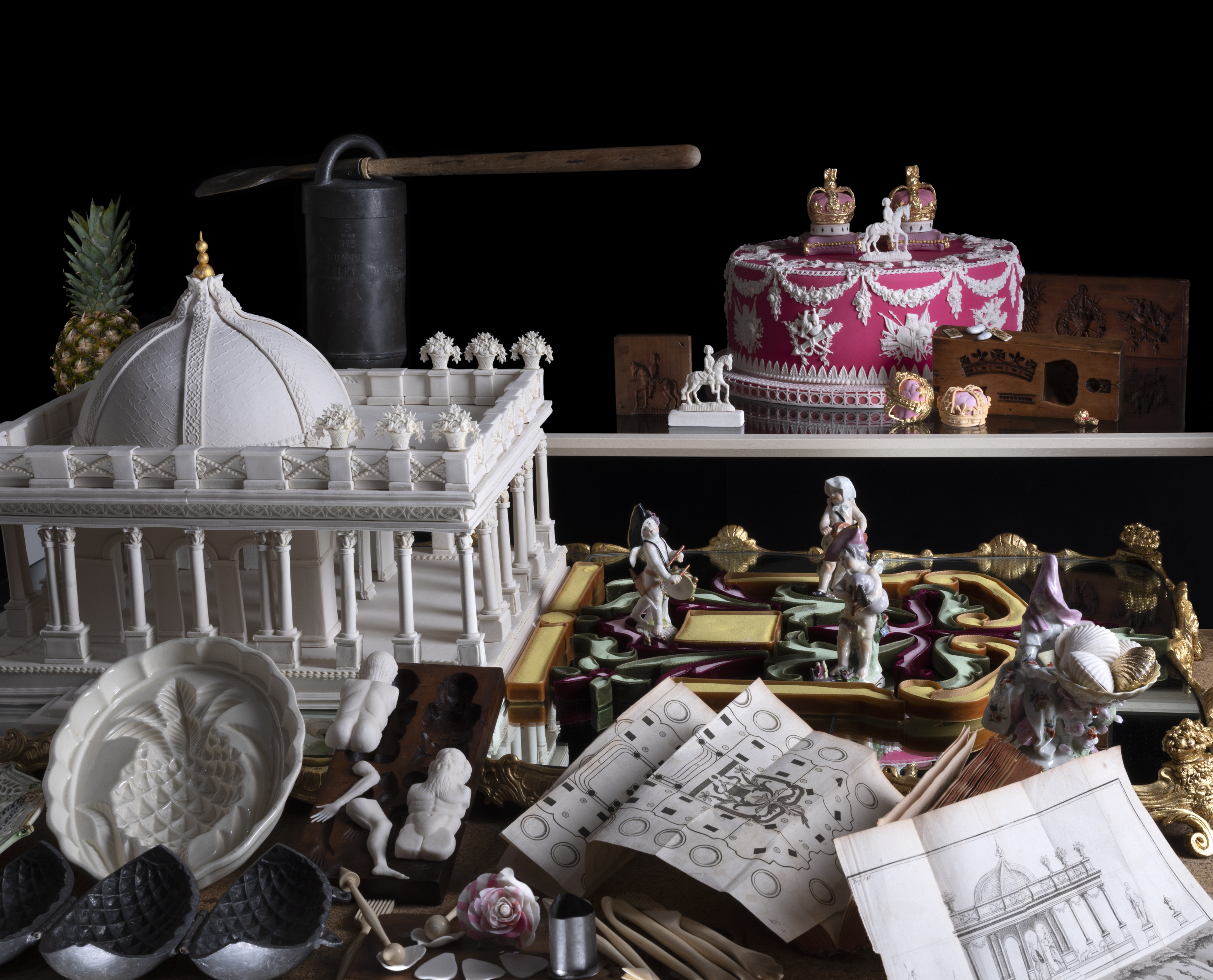
The exhibition also explores currently fashionable themes, such as ‘local and global foodways’, which challenge us to look at the period’s often fraught relationship with food and draw parallels with our own. Yet all I really wanted to do was to race from one delicious exhibit to the other. What to feast on next? Seventeenth-century gilded gingerbread figures standing next to their elaborate moulds; glittering Cambridge college Renaissance silverware; a Jacobean sugar wedding banquet?
Sign up for the Country Life Newsletter
Exquisite houses, the beauty of Nature, and how to get the most from your life, straight to your inbox.
The centrepiece of the show is a Baroque feast with some exceedingly showy avian pastry. Decorated pies are topped with the plumage of swan, peacock and pheasant, with gilded beaks, eyes and necks. Their beaks would even have been set alight, to spit golden sparks.
For a feast to be properly enjoyed, however, it had to be accompanied by a fast and appropriate contrition. The exhibition offers plenty to sober us up, looking at how excessive consumption, expanding populations and periodic famine caused both animal and human suffering.

We pass through an arch depicting a Carnival cuccagna (from Cockaigne, that paradise of free food and sex), stacked high with cheeses, loaves and charcuterie and topped with piglets with tubes wedged in their mouths from which fireworks were lit. The sight of poor Neapolitans savagely dismantling such a cuccagna by ripping off birds nailed by their wings and tearing animals apart left a British visitor to Naples in 1771 sick to her stomach.
Although some took a satirical view of animal and human relationships — a 16th-century print of hares spit-roasting a man and boiling his hounds is a grimly Teutonic version of the much later, light-hearted English print Mr Fox’s Hunt Breakfast — others, such as radical vegetarian Thomas Tryon, urged his readers not to eat any food that ‘cannot be procured without violence and oppression’. In his book Wisdom’s Dictates of 1683, he evokes the sad lot of a cow subject to constant milking and the pain of annually having her calf removed from her.
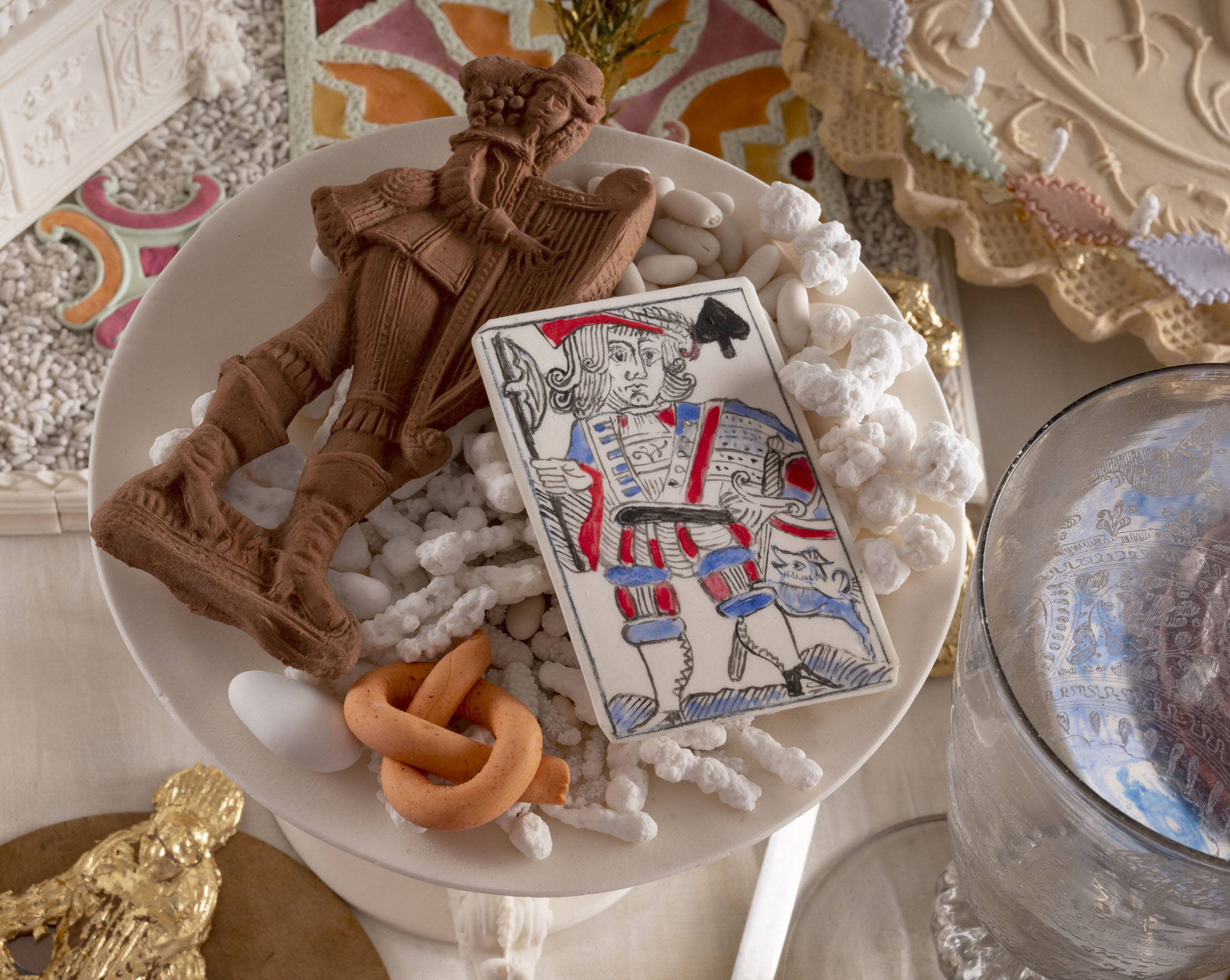
The exhibition touches on slavery, too, the human cost of our insatiable sweet tooth. Quaker women led the way in campaigning that it was immoral to eat sugar, at which the always canny East India Company spotted a golden opportunity to promote its own ‘free labour’ sugar, stamping appropriately sober bowls with ‘East India Sugar not made by Slaves’.
One of the treasures in this imaginative exhibition is Isaac Newton’s notebook from his first year at Trinity, 1661, in which he lists under ‘idle and pointless expenses’ cherries, tarts, ‘marmolet’, custards, cake-bread, milk, butter and cheese. As with a second notebook owned by the Fitzwilliam, which contains his coded confessions, including ‘making pies on Sunday night’ and ‘robbing my mother’s box of plums and sugar’, it is touching and unexpectedly revealing. In 1667, Newton spent five shillings ‘for keeping Christmas’ — December 25 also happened to be his birthday.
‘Feast & Fast: The Art of Food in Europe, 1500–1800’ is at The Fitzwilliam Museum, Trumpington Street, Cambridge, until April 26, 2020 —www.fitzmuseum.cam.ac.uk. A book of the same title, edited by the exhibition’s co-curators, Victoria Avery and Melissa Calaresu, is published by Philip Wilson (£25).
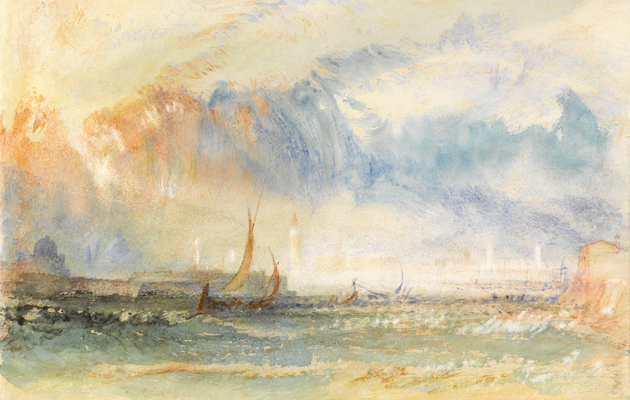
Watercolour: Elements of Nature at the Fitzwilliam Museum, Cambridge
Exquisite works from one of the world’s finest collection of watercolours.
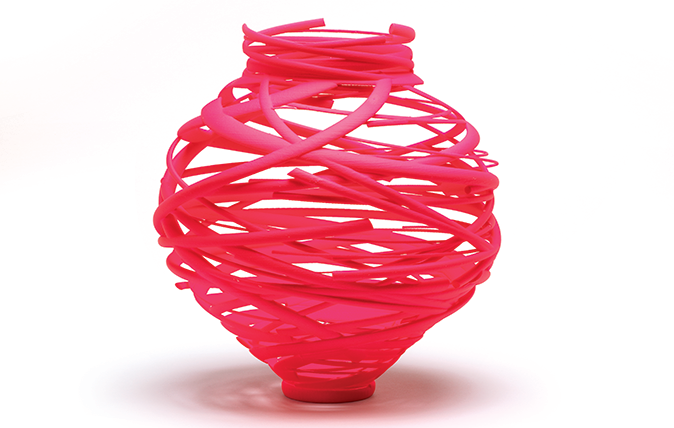
Credit: The Fitzwilliam Museum, Cambridge
Contemporary British crafts, as championed by the Fitzwilliam, celebrated in a beautiful new book
Corinne Julius enjoys a snapshot of late-20th-and early-21st-century craft.
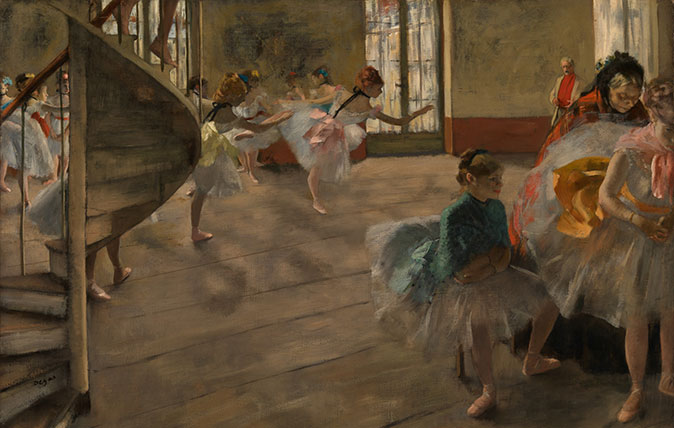
Degas: The lively, powerful visionary who toiled and ground his way to genius
A century after his death, Edgar Degas is the subject of two new exhibitions in Britain. Matthew Dennison appraises these
Country Life is unlike any other magazine: the only glossy weekly on the newsstand and the only magazine that has been guest-edited by HRH The King not once, but twice. It is a celebration of modern rural life and all its diverse joys and pleasures — that was first published in Queen Victoria's Diamond Jubilee year. Our eclectic mixture of witty and informative content — from the most up-to-date property news and commentary and a coveted glimpse inside some of the UK's best houses and gardens, to gardening, the arts and interior design, written by experts in their field — still cannot be found in print or online, anywhere else.
-
 How an app can make you fall in love with nature, with Melissa Harrison
How an app can make you fall in love with nature, with Melissa HarrisonThe novelist, children's author and nature writer Melissa Harrison joins the podcast to talk about her love of the natural world and her new app, Encounter.
By James Fisher
-
 'There is nothing like it on this side of Arcadia': Hampshire's Grange Festival is making radical changes ahead of the 2025 country-house opera season
'There is nothing like it on this side of Arcadia': Hampshire's Grange Festival is making radical changes ahead of the 2025 country-house opera seasonBy Annunciata Elwes